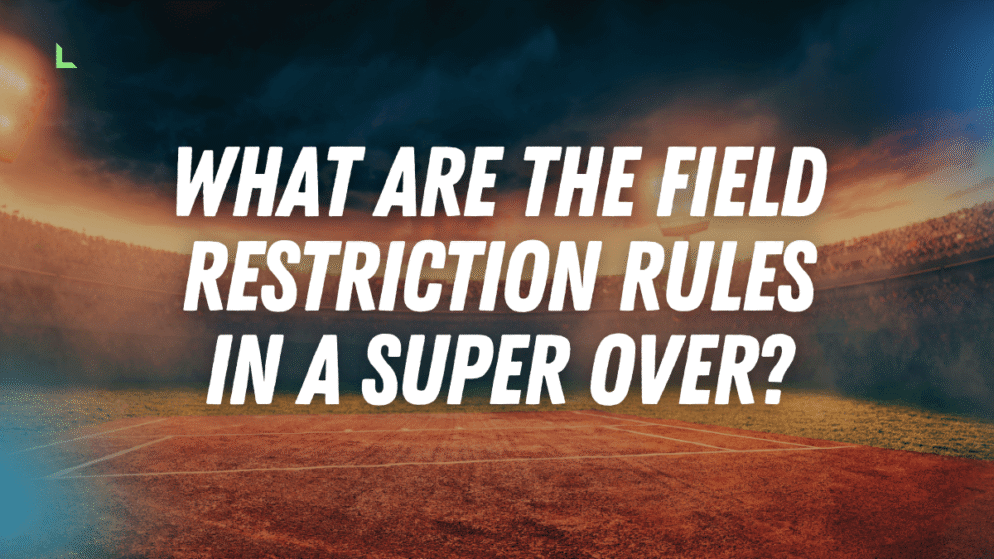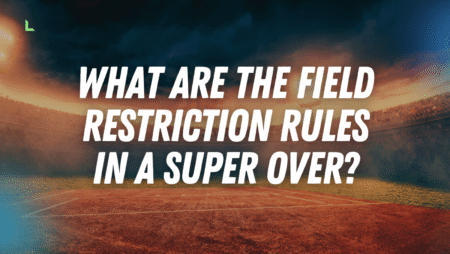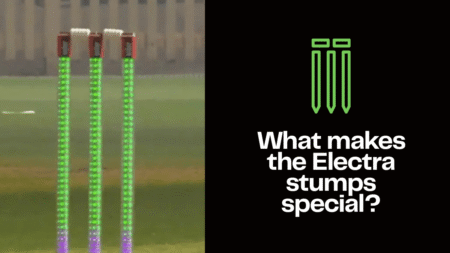

The way fielders position themselves on a cricket field is majorly dictated by an inner 30-yard circle between the pitch and the boundary lines. These field restrictions are a feature of limited-overs cricket. During certain phases of the innings, there is a count on the number of fielders that can be positioned within or beyond the 30-yard circle.
When a T20 or One Day International match ends in a tie, then a super over is played to decide the winner of the match. This is a one over shootout between two teams and the winner is the one who scored the most runs in that over. The team who batted second, bats first in the super over. The Super Over is a one over innings that can prematurely end if two wickets fall before the final ball of the over.
The field restriction rules for the super over are similar to the one seen at the end of the 50-over innings. Between overs 41 and 50, no more than five players can be placed outside the 30-yard circle. In T20 cricket, this rule comes into play from the seventh over, before which only two fielders could be placed outside the inner ring. Thus, when a Super Over ensues, a maximum of five fielders can be placed beyond the 30-yard circle.
Should the match officials or the batter spot an extra fielder outside the 30-yard circle, then the previous delivery is deemed no ball. This leads to an extra run and the subsequent delivery is a free hit for the batting side. On a free hit, except a run out, the batters cannot be deemed out in any other conventional way. Thus, field restrictions in Super Over are the same as that seen towards the tail-end of the innings in limited overs cricket.








